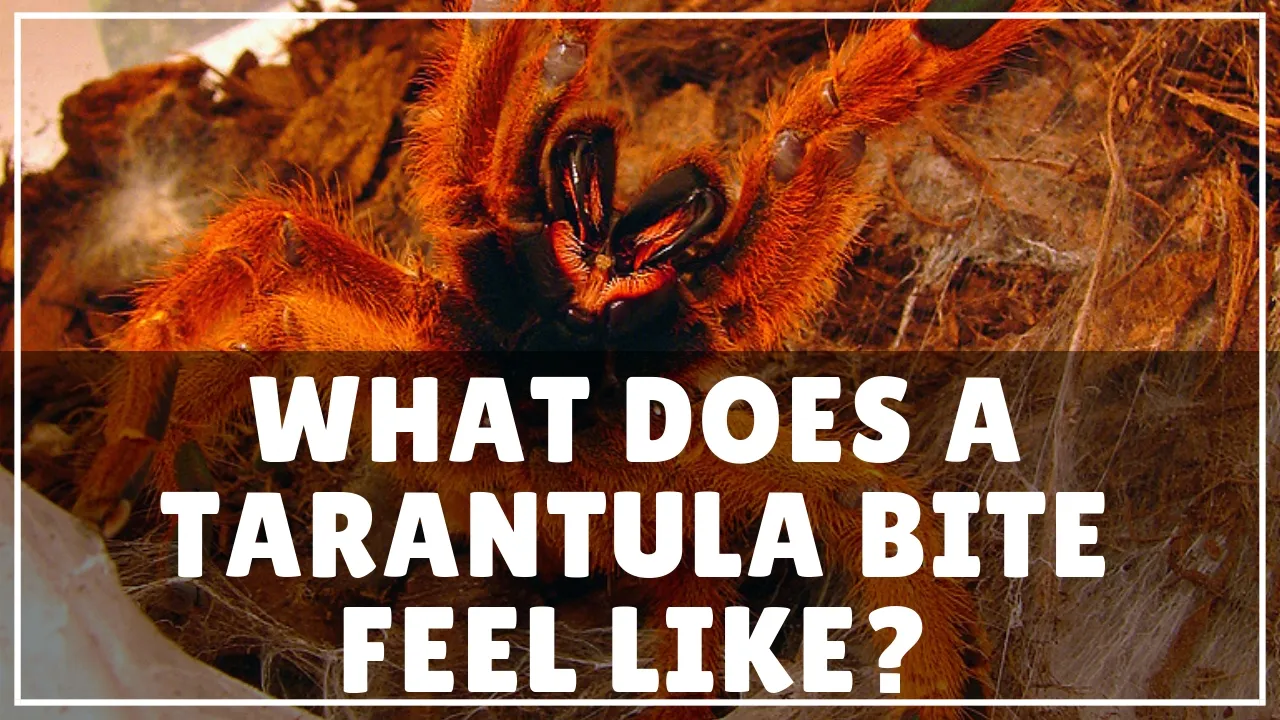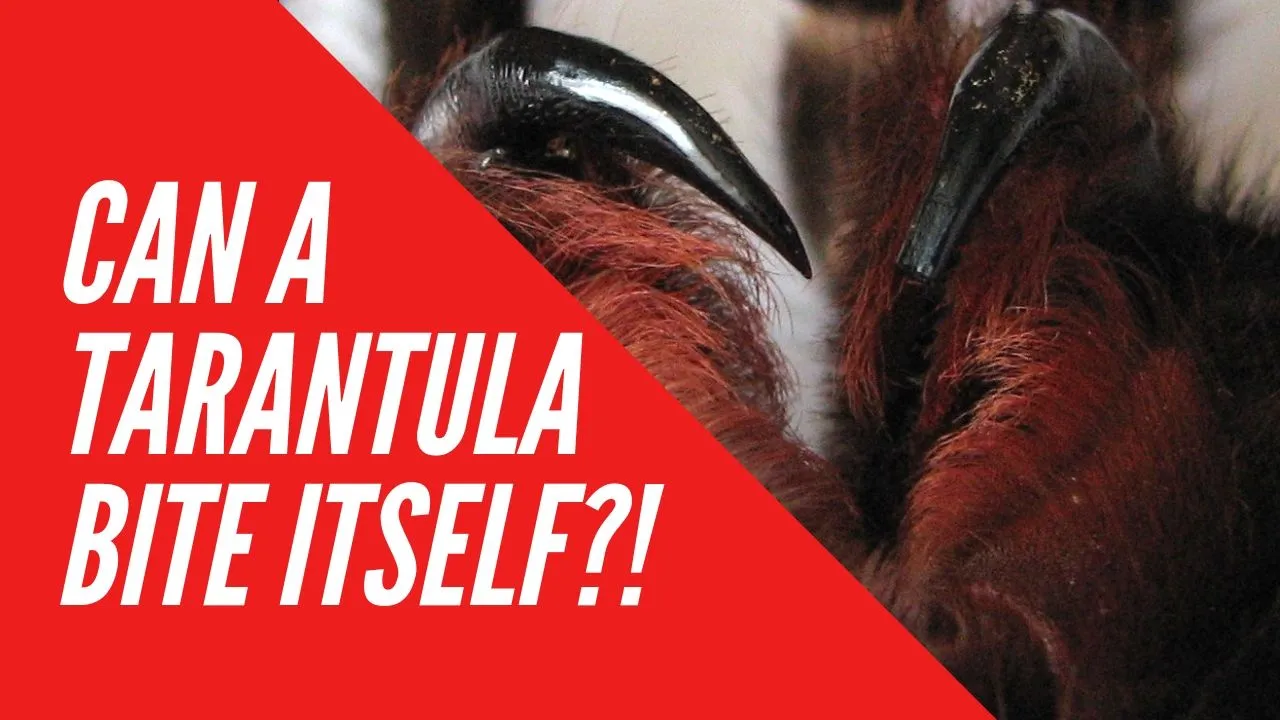What is a Tarantula Bite?
A tarantula bite occurs when a tarantula, a large and often hairy spider, uses its fangs to pierce the skin and inject venom. These spiders are found in various parts of the world, and while their bites are rarely life-threatening to humans, they can cause significant pain and discomfort. Understanding the nature of a tarantula bite, including how the venom works and the potential symptoms, is crucial for anyone who may encounter these spiders. It’s important to note that tarantulas typically only bite when they feel threatened, such as when they are handled or feel cornered. They prefer to avoid confrontation if possible. The venom, while not usually deadly, is designed to subdue prey, and can cause a range of reactions in humans.
Understanding Tarantula Venom
Tarantula venom is a complex mixture of proteins, enzymes, and other substances that are designed to incapacitate their prey. The exact composition of the venom varies depending on the species of tarantula, but it generally contains neurotoxins that affect the nervous system. When a tarantula bites, it injects this venom into the victim’s body. The amount of venom injected can also vary. Although tarantula venom is not as potent as some other spider venoms, the effects can still be quite painful and distressing. This is particularly true if the bite is deep or if the individual is sensitive to the venom. Understanding the components of the venom gives insight into the symptoms that may arise after a bite.
How Venom Affects the Body

Once the venom enters the body, it begins to act on the nervous system and surrounding tissues. The neurotoxins in the venom can disrupt nerve signals, leading to pain, muscle cramps, and other neurological symptoms. The enzymes in the venom can also cause local tissue damage. The body’s immune system also responds to the venom, leading to inflammation and swelling around the bite site. This inflammatory response can contribute to the pain and discomfort. The effects of the venom can vary depending on the individual’s sensitivity, the amount of venom injected, and the location of the bite. It’s important to monitor the symptoms closely after a bite and seek medical attention if necessary, particularly if you experience severe reactions or systemic symptoms.
Symptoms of a Tarantula Bite
The symptoms of a tarantula bite can vary widely, from mild discomfort to more severe reactions. Knowing what to expect after a bite can help you to assess the situation and take the appropriate steps. The most common symptoms are localized and can usually be managed with basic first aid. However, some individuals may experience more serious symptoms, requiring medical attention. It’s important to be aware of these potential symptoms and to seek professional help if necessary. Monitoring any bite and noting any changes is crucial to ensure you receive the best possible care.
Immediate Pain and Discomfort
Immediately after a tarantula bite, the most common symptom is pain at the bite site. This pain can range from a mild stinging or burning sensation to more intense throbbing pain. The intensity of the pain can vary depending on the size of the tarantula, the location of the bite, and the individual’s sensitivity. Often, the pain is immediate and can cause significant discomfort. The area may also feel tender to the touch. The initial pain is usually followed by other local reactions, but managing the pain is the first concern after a bite. Any pain experienced should be assessed and taken care of with first aid measures such as cleaning the area.
Local Reactions Redness and Swelling

Along with pain, local reactions such as redness and swelling are common. The area around the bite may become red and inflamed, and the swelling can extend beyond the immediate bite site. These local reactions are a result of the body’s inflammatory response to the venom. The extent of the redness and swelling can vary depending on the individual and the amount of venom injected. In some cases, there may also be blistering or other skin changes. In most cases, these local reactions will subside within a few days with proper care. However, if the redness and swelling worsen or if you experience any other concerning symptoms, it’s important to seek medical advice.
Systemic Symptoms
While most tarantula bites cause only local reactions, some individuals may experience systemic symptoms, which affect the entire body. These symptoms can include muscle cramps, nausea, vomiting, headache, and dizziness. In rare cases, more severe reactions such as difficulty breathing or a severe allergic reaction (anaphylaxis) may occur. If you experience any systemic symptoms, seek immediate medical attention. These symptoms can indicate a more serious reaction to the venom, and prompt medical care is essential. It’s crucial to monitor any bite for signs of a worsening reaction. Being aware of these potential signs allows you to react in the best way possible.
First Aid for Tarantula Bite Pain
The primary goals of first aid for a tarantula bite are to minimize pain, reduce swelling, and prevent infection. Prompt and appropriate first aid can significantly improve the outcome and reduce discomfort. In most cases, the symptoms can be managed at home with simple measures. However, if the symptoms are severe or if you have any concerns, it’s essential to seek medical attention. Always make sure you take time to properly assess the situation before administering any first aid and provide the best support possible. Proper first aid can also prevent any further complications.
Washing the Bite Area

The first step in treating a tarantula bite is to wash the area thoroughly with soap and water. This helps to remove any remaining venom and reduces the risk of infection. Gently wash the bite area and pat it dry. Avoid scrubbing the area, as this can cause further irritation. Washing the bite immediately after the bite is essential. Clean the area with mild soap and water to ensure no bacteria or other foreign substances remain. This is a very important first step in the healing process, as it protects the wound site from infections. Then monitor for any changes.
Applying a Cold Compress
Applying a cold compress to the bite area can help to reduce pain and swelling. Wrap an ice pack or a cold compress in a cloth and apply it to the bite for 10-15 minutes at a time. This helps to constrict blood vessels and reduce inflammation. You can repeat this process several times a day. Make sure to place a barrier, such as a towel, between the ice pack and your skin to prevent any cold injury. A cold compress is an easy method that can be used to reduce the initial pain, swelling, and discomfort associated with the bite.
Pain Relief Medications
Over-the-counter pain relievers such as ibuprofen or acetaminophen can help to manage the pain. Follow the dosage instructions on the product label. Avoid aspirin, especially in children, unless directed by a healthcare professional. Topical creams or ointments containing antihistamines or hydrocortisone can help to reduce itching and inflammation. These can be applied directly to the bite area. If the pain is severe, your doctor may prescribe stronger pain medication. Never exceed the recommended dosages of any medication, and always consult with a healthcare professional if you have any concerns. This is important to ensure your safety, as well as to treat the symptoms effectively.
When to Seek Medical Attention

While most tarantula bites are not life-threatening, there are certain situations where medical attention is necessary. Seeking medical care promptly can help prevent complications and ensure the best possible outcome. It is important to understand the warning signs and to know when to seek professional help. Your health and well-being are the most important priorities. Recognizing when to get medical help is vital to your health and will protect you in the long run. In certain situations, it is crucial to seek immediate assistance from a medical professional.
Severe Allergic Reactions
If you experience symptoms of a severe allergic reaction, such as difficulty breathing, swelling of the face or throat, or dizziness, seek immediate medical attention. These symptoms may indicate anaphylaxis, a life-threatening condition. Anaphylaxis requires prompt treatment with epinephrine (an EpiPen) and other medical interventions. Do not hesitate to call emergency services or go to the nearest emergency room if you suspect a severe allergic reaction. Allergic reactions need immediate treatment. If a severe allergic reaction is occurring, it can quickly lead to further, life-threatening complications. Time is essential. Get treatment immediately.
Signs of Infection
If the bite area shows signs of infection, such as increasing redness, warmth, swelling, pus, or fever, seek medical attention. Infections can occur if bacteria enter the bite wound. Prompt treatment with antibiotics can prevent the infection from spreading. Keep an eye on the area around the bite, and be aware of the warning signs of an infection. Infections can become very serious if they are not treated. Your medical professional can also properly treat the infection if it occurs. This prevents it from spreading, and reduces any potential future problems.
Long-Term Effects and Recovery

The long-term effects of a tarantula bite are usually minimal. The bite site typically heals within a few days or weeks. However, in some cases, there may be potential complications or lingering effects. Understanding the healing process and potential issues can help you to manage expectations and seek appropriate care. Healing properly is very important for any wound, including a bite. This minimizes scarring and potential for further problems. Knowing the signs to look for can ensure you are aware of any potential issues that may arise. This gives you the ability to take the appropriate measures.
Healing Process
The healing process for a tarantula bite typically involves the body’s natural repair mechanisms. The initial inflammation and pain will gradually subside, and the redness and swelling will decrease. The skin at the bite site may scab over, and the scab will eventually fall off, revealing new skin. The entire healing process usually takes a few days to a few weeks, depending on the severity of the bite and the individual’s overall health. Keeping the bite area clean and avoiding scratching can help to promote healing. The healing process is also affected by the location of the bite, as well as your overall health. Following all the first aid procedures will help to ensure the best healing process.
Potential Complications
While rare, some potential complications can arise from a tarantula bite. These can include secondary infections, allergic reactions, and scarring. If the bite site becomes infected, it may require antibiotic treatment. Severe allergic reactions may require emergency medical care. Scarring is also possible, particularly if the bite site is scratched or if the wound is slow to heal. If you notice any unusual changes or if you have any concerns about the healing process, seek medical attention. You should never hesitate to get in touch with a medical professional. They are best equipped to help you through any issues you may encounter.
Preventing Tarantula Bites

The best way to manage a tarantula bite is to prevent it in the first place. This involves taking precautions to avoid encounters with tarantulas and understanding how to handle them safely if necessary. Prevention is the best medicine when it comes to tarantula bites. Taking steps to prevent bites also helps to ensure your personal safety and well-being. You can minimize the chances of being bitten by following some simple guidelines, especially if you live in or are visiting an area where tarantulas are common. These simple precautions will help prevent the bite.
Safe Handling Practices
If you must handle a tarantula, do so with extreme caution. Avoid handling tarantulas unless you are experienced and know how to do so safely. Always wear protective gloves to prevent bites, and use tools to gently move the spider. Never handle a tarantula if you are unsure of its temperament or if it appears agitated. Avoid sudden movements, and be mindful of the spider’s environment. Never attempt to handle a tarantula if you are not comfortable with it. Be aware of any warning signs and never attempt to restrain the animal. This can cause it to react. Always be prepared to react to the spider’s behaviour. Also, it is important to know the signs of a bite, as well as what actions to take. Handling them should be done with care.
Habitat Awareness
Be aware of the habitats where tarantulas are commonly found. Tarantulas can be found in a variety of habitats, including deserts, grasslands, and tropical forests. If you live in or are visiting an area where tarantulas are present, take precautions to avoid encounters. Be cautious when walking in areas where tarantulas might be present, and avoid reaching into dark spaces or under rocks. If you find a tarantula in your home, do not attempt to handle it yourself. Contact a pest control professional for safe removal. Awareness of the habitat will reduce your risk. Always be aware of any potential dangers in the location where you are. You will be better equipped to take precautions to protect yourself. Make sure to avoid any dangerous encounters.
